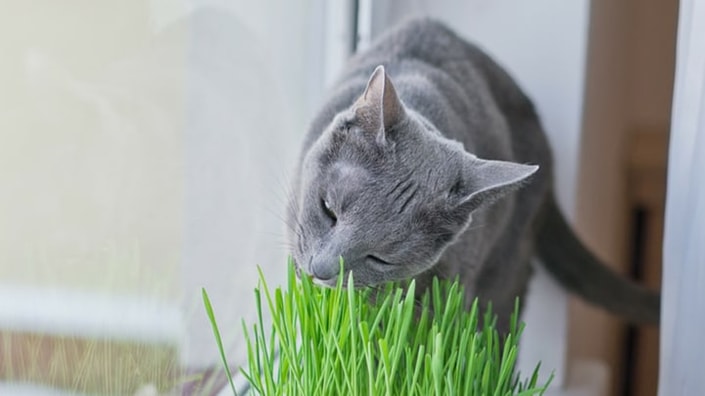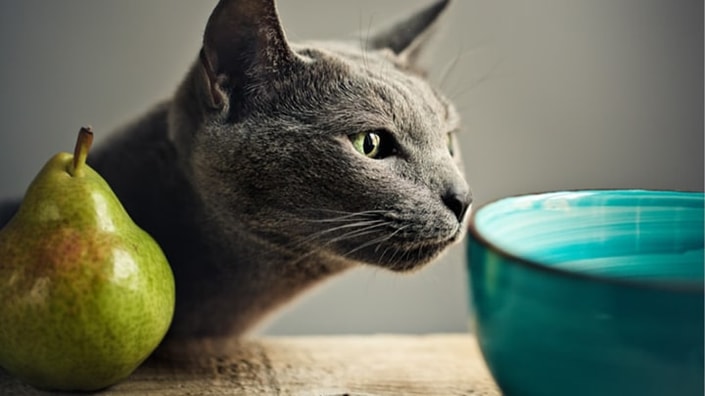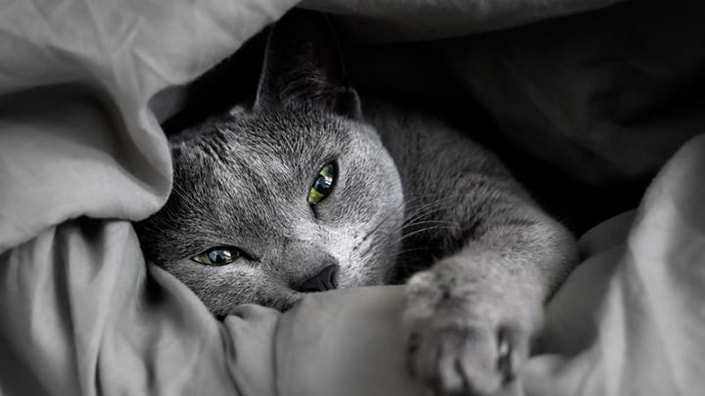CAT SAFETY CHECKLIST FOR YOUR HOME
Our cats are amazingly independent. We love that they aren’t compelled to be at our feet every minute of the day. However, this self-sufficiency means they’re often poking around the house, looking for new and interesting things — and sometimes finding trouble.
To keep your curious feline far from catastrophe, do a safety assessment in each room of your home, using this checklist as a guide.
13 steps to cat-proof your home
1. Know your cat
Before you do anything else, think about your cat’s typical behavior. Do they love playing with strings, cords and other dangly items? Are they a fan of high places, always striving to reach the loftiest spot in the room? Do they seek small, cozy spaces to hide in for a long nap? Will they try to eat just about anything? Knowing your cat’s tendencies is a big part of securing their safety.

2. Poisonous plants
Because it’s common for cats to chew and eat greenery, it’s important to keep toxic plants out of reach. Whether you’re gifted a houseplant or are feeling your own green thumb kicking in, a little research online will help you identify feline-friendly vegetation. There’s a long list of plants that aren’t only safe but can also be grown just for your cat to nibble on.
3. Household chemicals
No matter the size of your home, chemicals are everywhere. Cleaners, dishwashing products, laundry detergents, nail polish, automotive fluids, bug spray … it’s a lengthy list. The key is keeping them tightly closed and inaccessible to both pets and people. Read containers for proper usage — even products that are labeled as safe around pets. Cats can be extremely sensitive to chemical irritants; use only the mildest cleaners on their dishes, bedding, toys, litter pan, etc.

4. Human foods
Some cats love exploring by taste, and a lot of menu items we enjoy can be dangerous for your feline foodie. You might be surprised to learn that things like tuna and milk aren’t great for your cat, so it’s good these items aren’t easily accessible to curious kitties. Snack foods, however, can sit out longer and even fall under the furniture, and some (such as grapes, raisins and chocolate) are more dangerous for cats.
5. Medications
Even if your cat is a picky eater, there’s a chance they might mistake a tablet for a treat. All it takes is one lost pill from a prescription or over-the-counter medication to do serious harm, and if you find a sick cat without knowing the cause, the problem is much harder to address. Keep medicine bottles tightly closed and be extra careful not to drop anything.
6. Furniture and décor
Leave it to your inquisitive roomie to test things you never give a second thought to. If you have an acrobatic cat, move or secure breakable items that could get knocked around. If your kitty is a climber, consider how well shelves are attached to the wall. And how stable is that bookcase, anyway? One energetic romp can lead to an injured cat and a roomful of smashed stuff

7. Hiding spaces
While it’s perfectly normal for your cat to be reclusive at times, just be wary of potential problem areas. Don’t block in any dark, cozy spot with boxes and totes without first checking for a snoozing furball. Poke around that cluttered closet before shutting the door. And triple-check laundry machines before closing and starting them — these are known danger zones.
8. Candles and essential oils
For your own safety, nothing with an open flame or a heat source should be left unattended; that warning is magnified when there’s a cat in the house. Your feline can become fixated on a flickering candle or be drawn by the warmth of a heating device. In these situations, keep a constant eye on your cat if you can’t keep the candles or oils out of reach.

9. Cords of all kinds
The kitten rolling with a tangled ball of yarn is an iconic image because cats inherently love dangly, snaky, stringy objects. In your home, there are surely electrical cords and device cables — if your cat might chew them, tuck them away or try a cord hider, wire loom or other solution. Cords on window treatments are a risk for limb injury or even strangulation, so keep them wrapped and tied or unreachable.
10. Scissors, knives, tools
Cats are pretty savvy, but even such graceful animals can catch themselves on a sharp-edged object. A small cut on a paw pad can bleed enough to leave prints on your floors and cause a panic. All it takes is a pair of scissors, a kitchen knife or a box cutter left in the wrong place at the wrong time. Remember the old adage: When you’re finished using it, put it away.
11. Secure outdoor access
A critical part of making your home safe is keeping your cat inside it. Even if you have an indoor/outdoor cat, you still want to make the call on when they enter and exit. Know your feline’s location as you come and go — not only might they make a run for it, but injuries can occur if they get pinched by a closing door. Check that all your window screens are undamaged and tight in their frames. Be sure the storm door latches fully or someone could push it open.
12. Safety collar with ID
No matter how vigilant you are, it’s always possible for your adventurous feline to fly the coop. Make sure your cat’s microchip info is current and/or their tag is up to date and attached to a cat safety collar that has high visibility and breakaway features. A collar designed to break loose under strain is great inside as well as outside; curious indoor cats can get caught on all sorts of stuff.
13. Changing safety needs
If you have a special-needs cat or a feline reaching their senior years, consider their unique requirements. An older cat might need a step to help them safely reach their favorite napping spot. A cat that has trouble walking would benefit from flooring with better traction. Once you find all the ways to keep your your home safe and accessible, they’ll have the best quality of life possible.
No two cats are exactly alike and every home differs from the next, but the approach we can take to make spaces safe for our divine felines is the same. Spend some time doing a safety review of your home, and rest easier than a cat napping in a sunbeam.
Placeholder for the 'Salesforce Datalayer Tag Block' field
